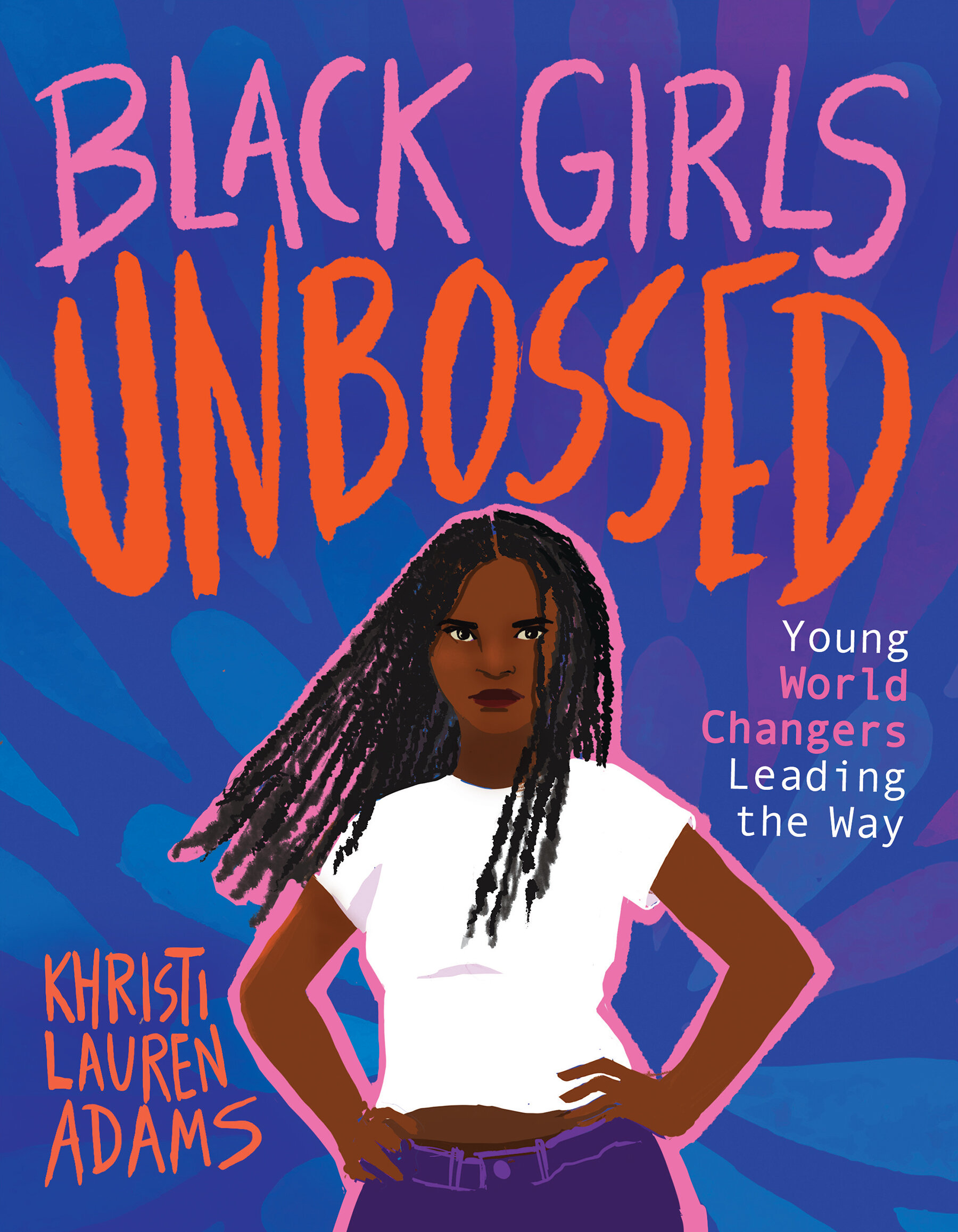
 Study Guide here
Study Guide here
 Peer Ministry works with all denominations. The theology is Christian, and flows from the Good Samaritan Story, with emphases on relational caring, welcoming and affirming skills. PML is a good fit for many denominations and adapts well for various settings. Programs include:
Peer Ministry works with all denominations. The theology is Christian, and flows from the Good Samaritan Story, with emphases on relational caring, welcoming and affirming skills. PML is a good fit for many denominations and adapts well for various settings. Programs include:
“Awake youth of the land and accept the noble challenge of salvaging the strong ship of civilization by the anchors of right, justice and love…”
—Ella Baker, from Valedictorian speech, 1927
Youth activism has been a powerful force for change and progress. When young people step up and speak out, they bring fresh perspectives, boundless energy, and unshakeable determination in the march toward justice.
Today, [youth] participation in movements for justice and equity continues the legacy of those who came before...
Illustrated Ministry's FREE downloadable youth group lesson based on Bishop Mariann Edgar Budde's Inauguration Prayer Service homily, popularly called, 'One Final Plea: Mercy'. Check out the blog post, download the free youth group lesson, AND find a free coloring page.
The coloring page can be colored and filled in with notes of gratitude and support to Bishop Budde - then sent to her!
This makes a great Sunday school lesson, youth group discussion guide and activity, intergenerational gathering, or just something fun to hand out to folx in your congregation!
 Daneen Akers created a wonderful list of resources for talking with children about conflict, violence, and war. Find her helpful learning and spiritual practice resources here.
Daneen Akers created a wonderful list of resources for talking with children about conflict, violence, and war. Find her helpful learning and spiritual practice resources here.
 Putting the Movement Back Into Civil Rights Teaching
Putting the Movement Back Into Civil Rights Teaching
The Civil Rights Movement is one of the most commonly taught stories about the fight for democracy and equal rights. However, the powerful stories of everyday people organizing and working together for social change are lost in the focus on a few major heroes and dates.
Putting the Movement Back Into Civil Rights Teaching and its companion website offer a collection of lessons, essays, articles, primary documents, and poetry to help educators move beyond a "heroes and holidays" approach to teaching about the Civil Rights Movement. The focus is on the themes of women, youth, organizing, culture, institutional racism, and the interconnectedness of social movements. The resources are organized in eight sections: Critiquing the Traditional Narrative, Framing the Movement, Desegregation of Public Spaces, Voting Rights, Black Power, Labor and Land, Transnational Solidarity, and Student Engagement.